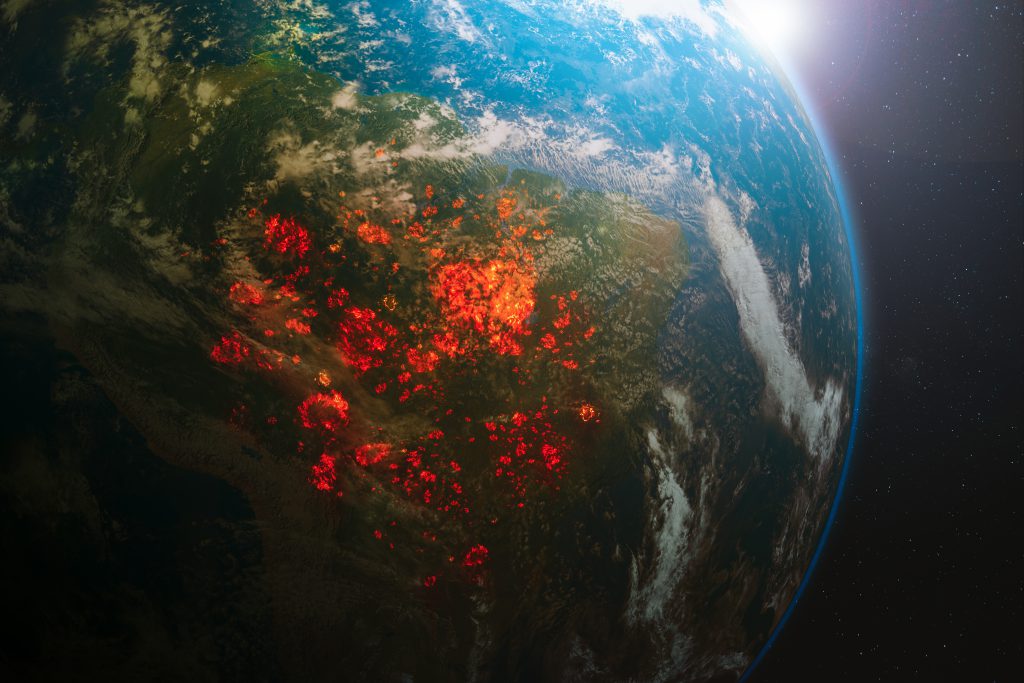Implementing children’s rights in Rwanda
Rwanda has ratified the Convention on Children’s Rights and has implemented local laws, such as LAW No. 54/2011 on the protection of children’s rights as well as LAW No. 59/2008 on the prevention and repression of gender based violence. Nevertheless, there are still major children’s rights violations reported. The status of women in Rwanda has […]

